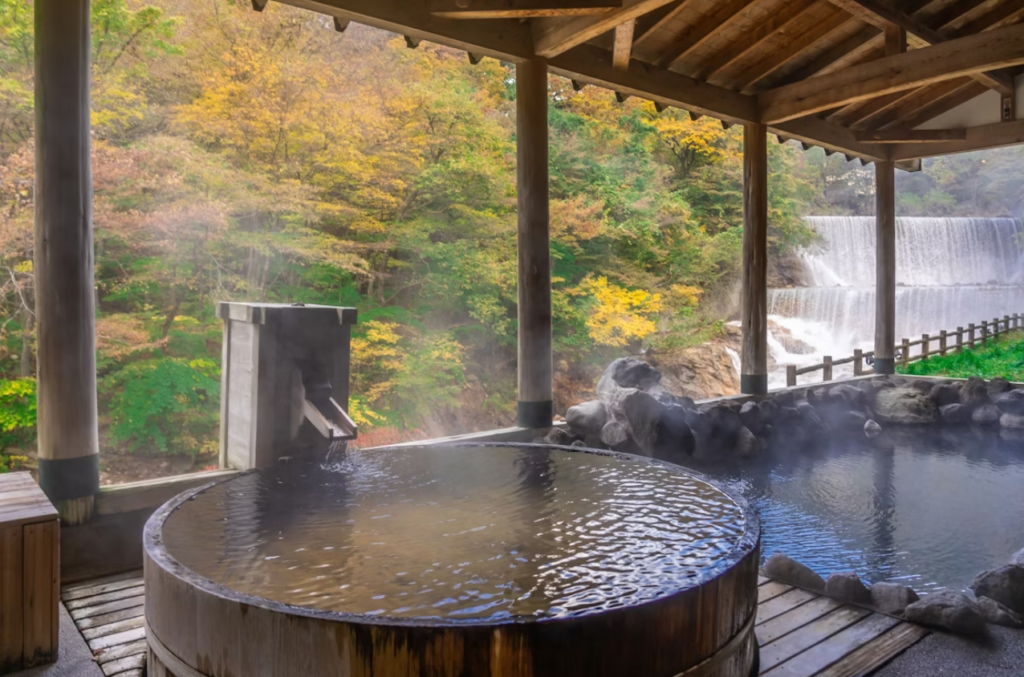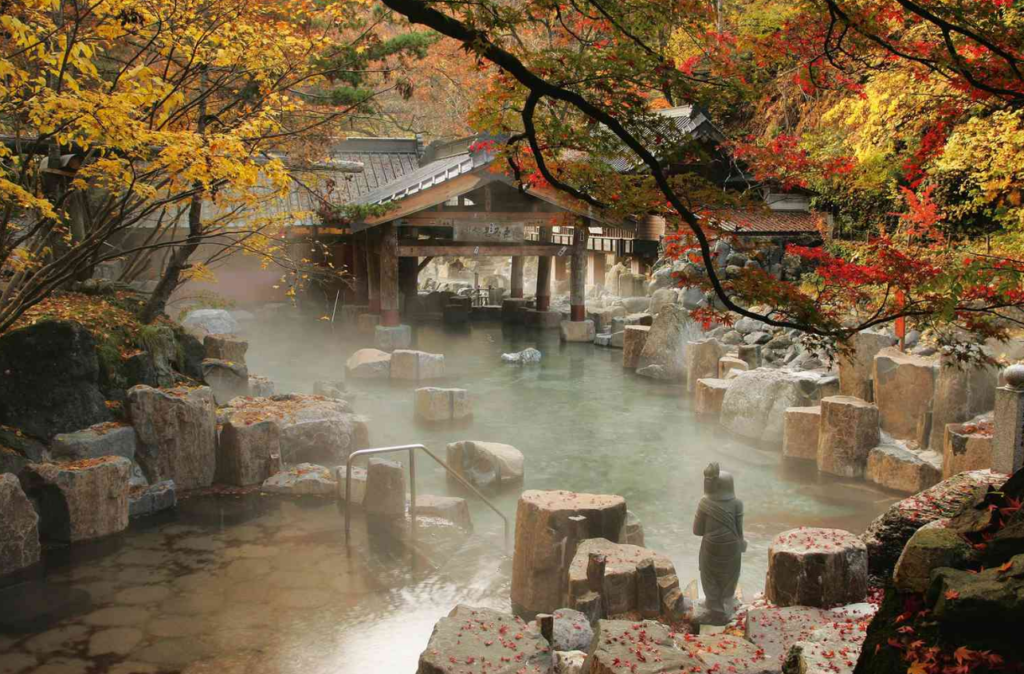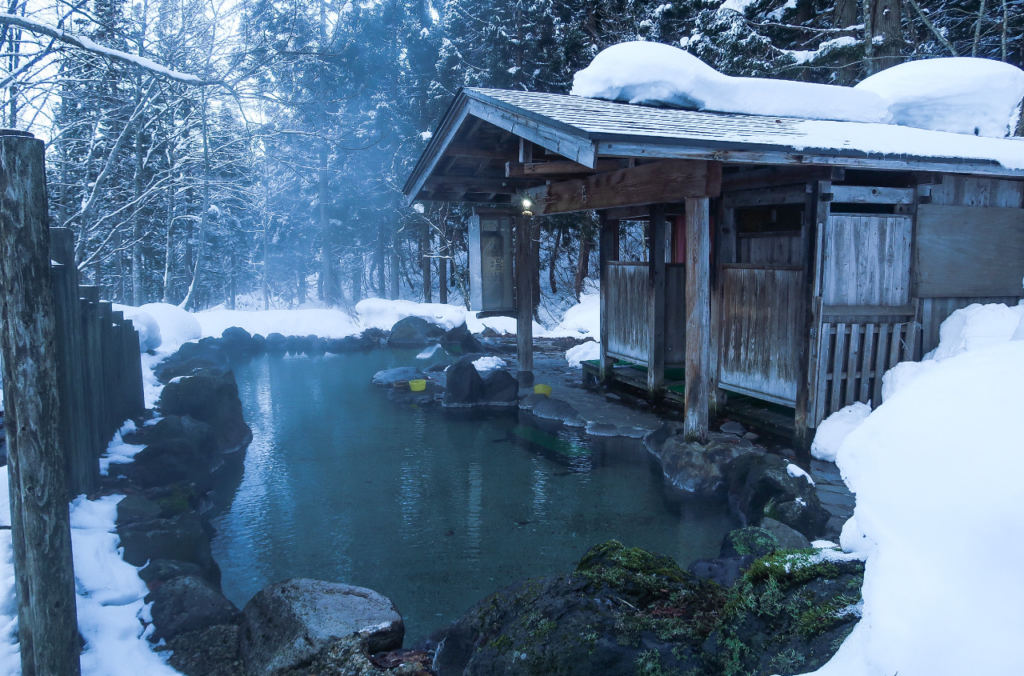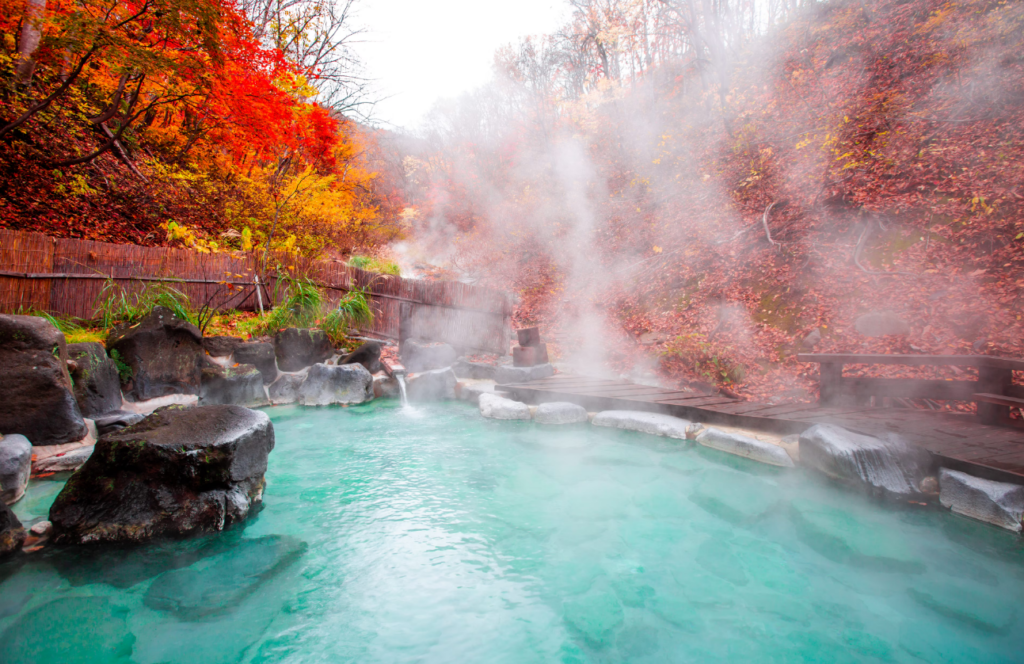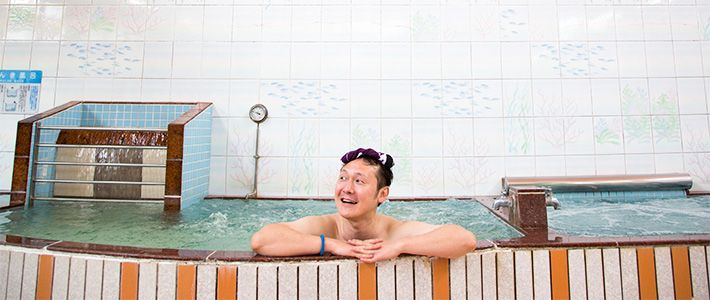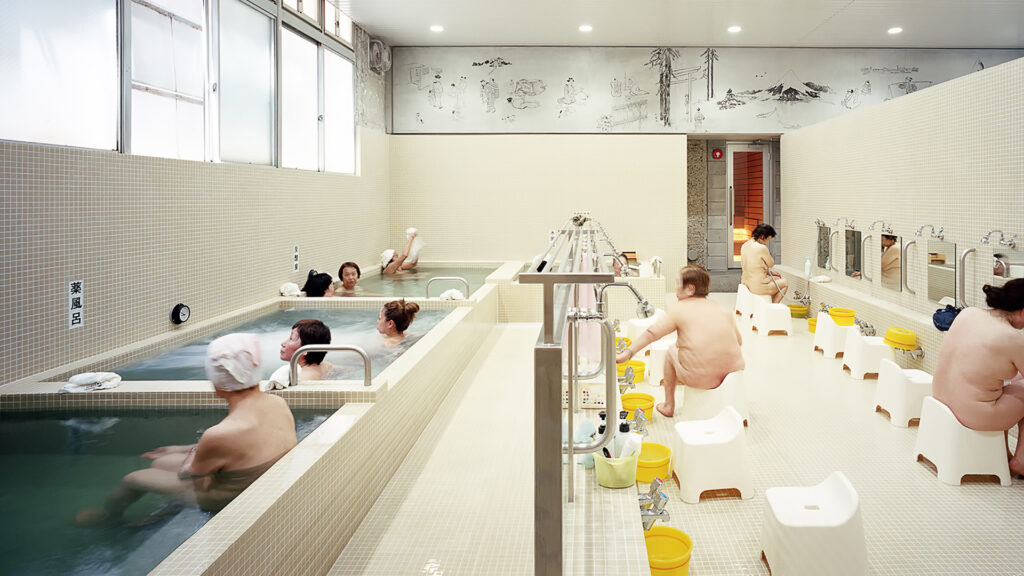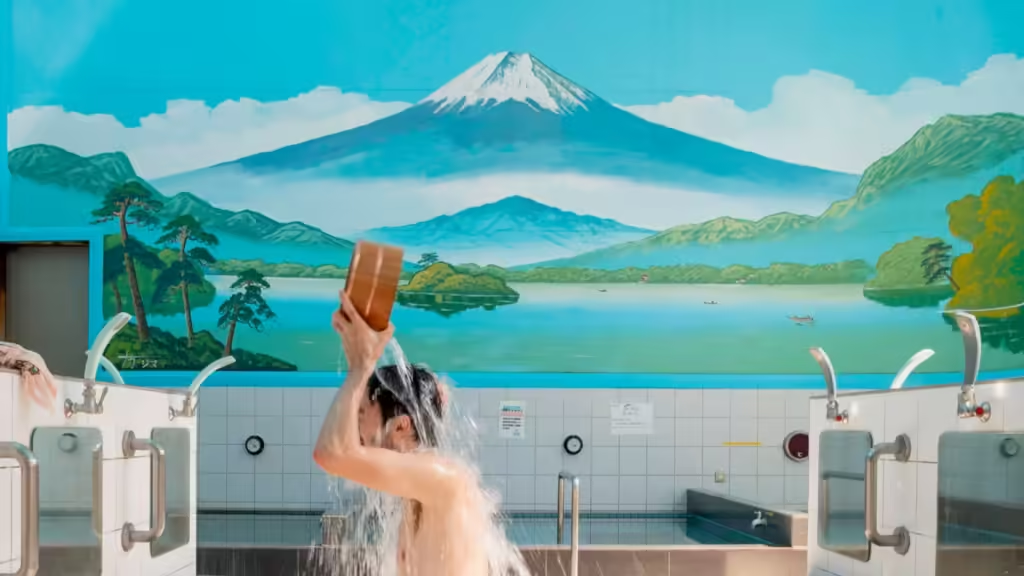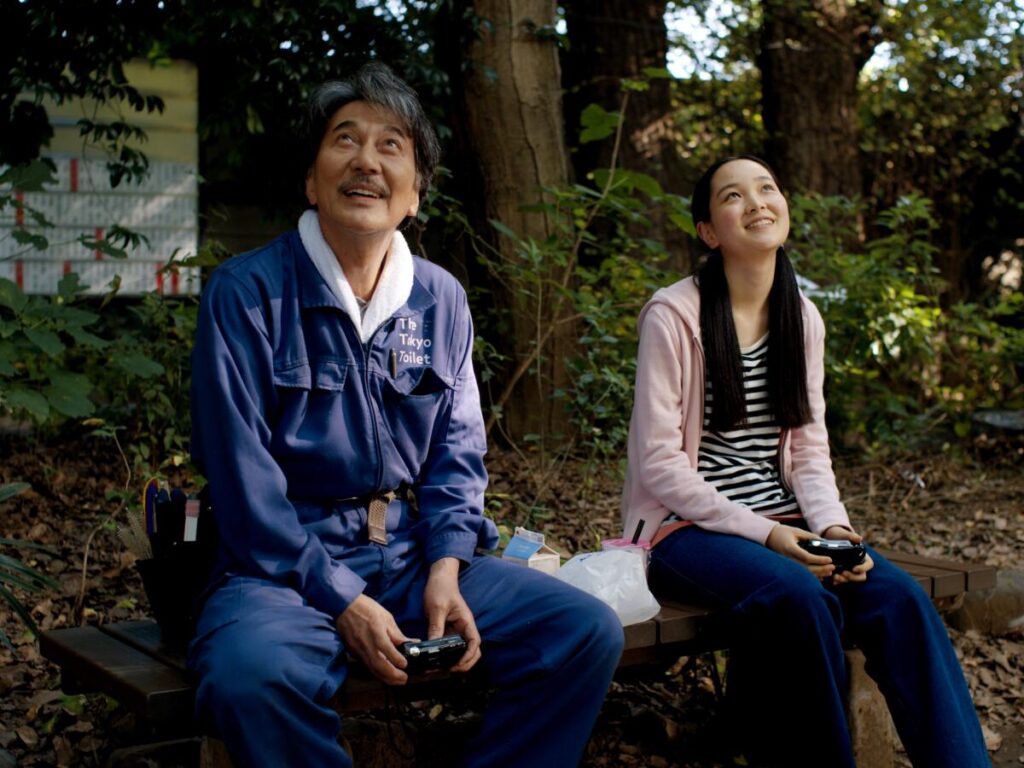Table of Contents
Bathing culture in Japan is much more than a mere hygienic routine—it is a deep-rooted cultural practice that symbolizes spiritual purification, relaxation, and social engagement. For centuries, two key public bathing facilities, Onsen (natural hot springs) and Sentō (public bathhouses), have played an essential role in Japanese society. These bathhouses and hot springs are not just places for cleaning the body but sanctuaries for cleansing the spirit, fostering community, and providing moments of tranquility. As the world becomes more fascinated with Japan’s unique bathing culture, public bath spaces and restrooms in the country have undergone significant transformations to integrate tradition with modernity.
This article delves into the historical evolution, innovative transformations, and the enduring cultural significance of these communal spaces, offering insights into their role in modern Japanese society.
Onsen (Hot Springs): Japan’s Natural Retreats of Healing
Onsen are natural hot springs heated by geothermal activity beneath Japan’s volcanic landscape. The Japanese Archipelago has more than 3,000 registered hot spring resorts, a testament to the country’s volcanic activity . These springs are renowned for their mineral-rich waters, which are believed to provide various health benefits, such as improving circulation, easing joint pain, and detoxifying the body. Onsen culture dates back to ancient Japan, when bathing in these hot springs was associated with Shinto rituals of purification.
Japan’s onsen are not only celebrated for their therapeutic benefits but also for the breathtaking landscapes in which many are situated. For example, Hakone is a popular onsen destination near Mount Fuji, famed for its serene views of the mountain and lush forests. Meanwhile, Beppu, located on the southern island of Kyushu, offers visitors unique onsen experiences, including mud baths and steam baths, alongside traditional hot spring soaking. Each region of Japan adds its own flavor to the onsen experience, allowing visitors to connect with both nature and the long-standing traditions of Japan.
Additionally, some onsen facilities have embraced modern design trends to offer themed experiences. For example, the Oedo Onsen Monogatari in Tokyo recreates the atmosphere of the Edo period, transporting visitors back to the 17th century with both traditional baths and cultural performances.
Sentō (Public Bathhouses): Everyday Bathing in Urban Japan
Sentō, public bathhouses distinct from the rural and natural onsen, are a cornerstone of urban life in Japan. These facilities cater to city dwellers, providing a communal bathing experience where private baths are not feasible due to space constraints. The first recorded public bathhouse was established in 1591 by Ise Yoichi near a bridge in what is now central Tokyo, close to the current Bank of Japan headquarters. This initial facility set the precedent for the widespread popularity of sentō, becoming integral social hubs for relaxation and interaction after a long day’s work.
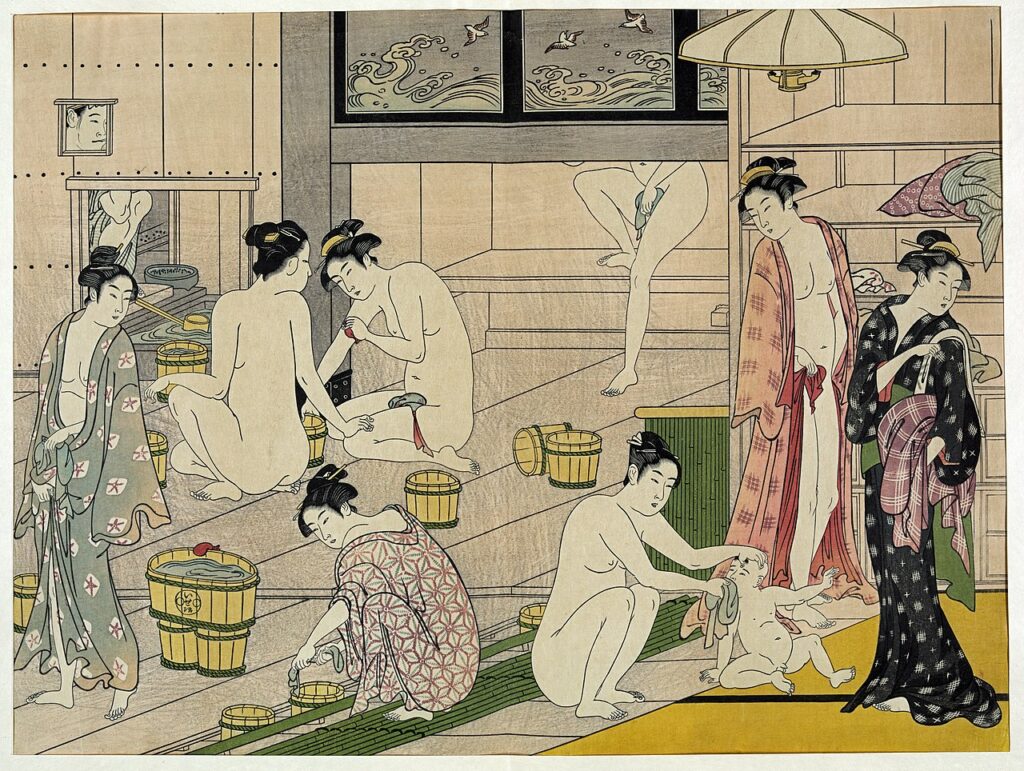
By the Edo period (1603–1868), sentō had become prevalent throughout Tokyo, known then as Edo. By 1810, the city boasted 523 sentō, underscoring their importance in daily Edoite life. Modern sentō, while still designed for practicality, have evolved significantly. Today, they often feature luxury amenities such as saunas, steam rooms, and massage chairs. Thermae-Yu, for example, located in Tokyo’s bustling Shinjuku district, melds traditional communal bathing with spa-like services, offering an oasis of relaxation amidst the urban chaos.
Though sentō utilize artificially heated tap water—unlike onsen, which are fed by natural hot springs—their cultural significance remains profound. These bathhouses continue to be a vital part of Japan’s urban landscape, serving as community gathering spots. In major cities like Tokyo and Osaka, traditional sentō are still operational, often adorned with artwork depicting Mount Fuji or other scenic vistas, celebrating Japan’s rich natural heritage.
Just as Japan’s bathing culture reflects deep respect for cleanliness and mindful routine, this cultural appreciation for everyday tasks is also beautifully depicted in cinema. The film Perfect Days offers a poetic reflection on the Japanese approach to labor and cleanliness, extending the themes of ritual and mindfulness into public restrooms and daily work.
Perfect Days
The film Perfect Days, a cinematic exploration of life and labor in Tokyo, poetically captures the mundane yet profound task of maintaining cleanliness in public restrooms. Directed by Wim Wenders, the movie follows the life of Hirayama, a toilet cleaner who finds deep, personal satisfaction in his daily routine. Wenders’ reflection on the protagonist’s approach to his work offers a rich commentary on Japanese culture and its contrast with Western perspectives on craftsmanship and daily labor.

This philosophy of living in the moment and treating each repetition as a unique experience elevates what might otherwise be seen as a menial task to a form of art, imbued with dignity and significance. This approach is reflective of a broader cultural reverence in Japan for all forms of work, where even the most routine tasks are performed with a level of care and precision that can be described as artistic. Wenders’ insights also touch on the deep-rooted tradition of crafts in Japan, which contrasts sharply with the rapid disappearance of similar skills and values in the West.
“You know, the potter’s secret is doing it for the first time each time, and for our man, Hirayama, it’s the same. Each day, he’s doing it for the first time. And he’s not thinking how he did it yesterday, and not thinking how he will do it tomorrow. He’s always doing it in the moment. And that’s the potter’s secret as well. And that’s what gives a whole different dignity to any repetition.” – Wim Wenders
Critics have noted that Perfect Days not only showcases the meticulous nature of Japanese cleanliness but also delves into the existential reflections that such dedication can provoke. The film challenges viewers to reconsider the value and impact of their daily routines, highlighting how repetitive tasks, when performed with mindfulness and respect, can transform an ordinary experience into a profound one.
Through Perfect Days, Wenders invites viewers to look beyond the surface of cleanliness and see the cultural and spiritual layers that define Japan’s public spaces. The film stands as a testament to the significance of public restrooms and bathhouses in Japan—not merely as facilities but as spaces where culture, community, and individuality intersect and flourish.
Hygiene Practices: A Pillar of Japanese Bath Culture
One of the defining aspects of Japanese public baths is their strict emphasis on hygiene. Before entering any shared bath, visitors must thoroughly clean their bodies at washing stations equipped with stools, buckets, and handheld showers. This ritual washing is not just a formality but a deeply respected practice that ensures the shared water remains pristine. In fact, bathing etiquette is so central to the experience that children in Japan are taught proper bathhouse manners from a young age .
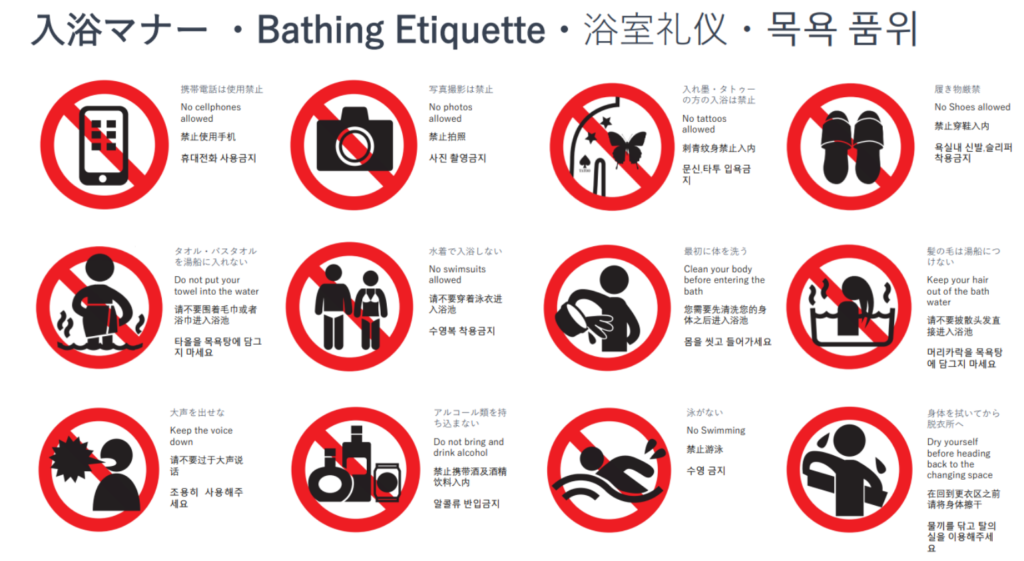
Hygiene extends beyond the bath itself. In many onsen and sentō, signs posted in multiple languages guide visitors on appropriate behavior, such as refraining from bringing towels into the bathwater and ensuring hair is tied up to avoid contaminating the water. While tattoos are still sometimes frowned upon due to their association with Japan’s organized crime syndicates (yakuza), many establishments are gradually relaxing these rules to accommodate foreign visitors.
The Role of Public Restrooms in Urban Planning
Public restrooms in Japan are strategically placed in high-traffic areas, such as parks, train stations, and tourist destinations, ensuring that they are easily accessible and conveniently located. Urban planners and designers carefully consider several factors, including visibility, safety, and accessibility, when determining the placement of these facilities. For example, in busy tourist hubs like Shibuya Crossing in Tokyo or Kyoto’s Gion district, restrooms are available for public use around the clock, ensuring that both locals and tourists have access to clean, well-maintained facilities.
Accessibility is a major concern in Japan’s public restroom design. Facilities are designed to accommodate people with disabilities, offering features like wider doorways, grab bars, and spacious interiors to ensure that individuals using wheelchairs can comfortably navigate the space. Many restrooms also include family-friendly amenities, such as baby-changing stations, to assist parents traveling with young children.
Inclusivity and Accessibility: Designing for Everyone
Japan’s commitment to inclusivity is evident in its public restroom design. Many facilities are now gender-neutral, reflecting a growing awareness of the need for safe and accessible spaces for people of all gender identities. In addition to gender-neutral restrooms, barrier-free facilities designed for people with disabilities are widespread throughout the country. These restrooms offer wide doors, wheelchair access, and additional features such as grab bars and emergency call buttons.
Family restrooms, equipped with baby-changing stations and toddler seats, are also commonly found in public spaces across Japan. These facilities make it easier for parents to care for young children, particularly in busy urban areas like Tokyo Disneyland or Osaka’s Universal Studios Japan.
Be Clean, Be Obsessed: Japan’s Pet Peeve
Cleanliness is not merely a standard—it is a cultural obsession deeply rooted in respect, tradition, and a visionary approach to design. The pristine condition of public restrooms in Japan is a testament to the dedication of the crews who maintain these spaces with relentless precision. They clean and inspect these facilities multiple times a day, ensuring that each one is impeccable, regardless of the time. This rigorous upkeep not only promotes hygiene but also serves as a point of pride for the local community.
From the tranquil onsens to the modern sentō and the innovative washlets, each facility mirrors Japan’s profound respect for cleanliness, commitment to inclusivity, and passion for innovation. As you explore these spaces, take a moment to appreciate the meticulous thought, care, and creativity invested in these public facilities, which distinctly embody Japan’s unique cultural identity.
If this exploration of Japan’s revolutionary approach to restroom design has piqued your interest, and you have your own stories to share, we would love to hear from you! Please contact us at [email protected] to contribute your experiences or connect with us.
